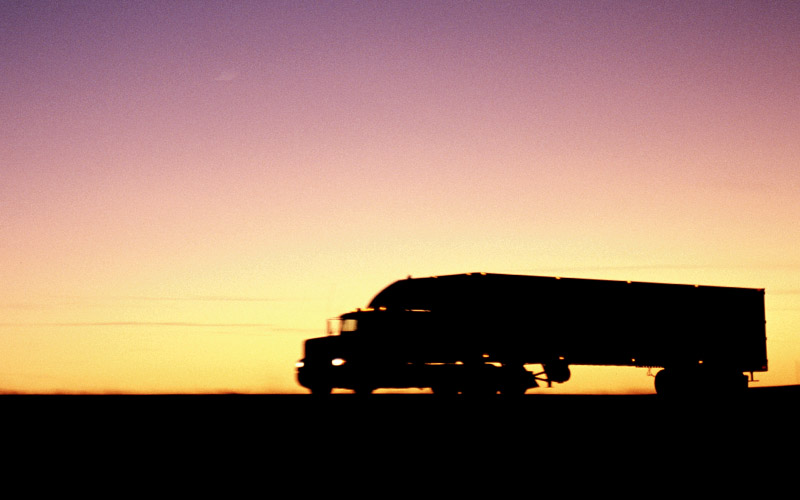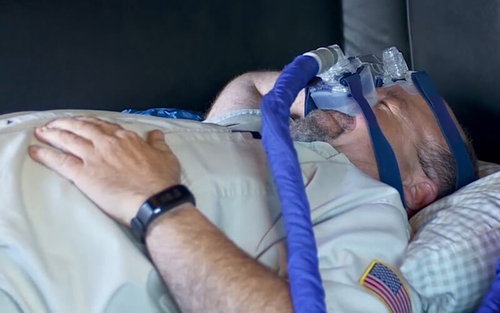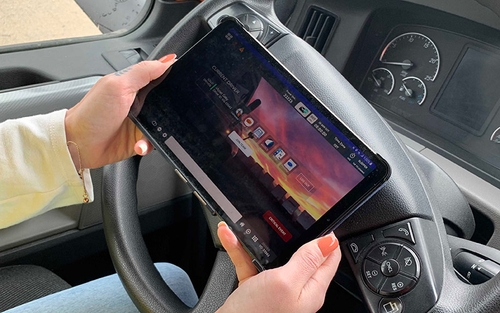Why do truck drivers drive at night? 9 factors to consider


By The Schneider Guy
If you’re looking to start a career in truck driving, one of your first considerations may be, “Is it better to drive at night or day?” While this ultimately is up to preference and the specific job you apply for, there are certain factors to consider about both types of driving.
While driving at night could mean dealing with less traffic, it could also mean being faced with unique challenges, such as increased movement from wildlife and significantly less visibility.
Still wondering, “Why do truck drivers drive at night?” Keep reading to find out and learn about the potential safety considerations.
Some challenges of driving a semi-truck at night
1. Increased movement from wildlife.
While there are fewer vehicles on the road to worry about, wildlife often moves more during dusk, nighttime and dawn. Between deer, moose, livestock and other obstacles, drivers must pay extra attention to movement on the roadsides when it’s dark out.
2. More difficulty staying alert.
One of the most difficult aspects of driving at night can be staying fully alert during the drive, especially between the hours of 2 a.m. and 6 a.m. During these hours, drivers need to be vigilant about scanning their surroundings and staying off cruise control.
Remember, if you’re feeling drowsy, find a safe, legal place to park and get some rest.
Beyond getting the recommended seven-to-eight hours of sleep, drivers can work to stay alert by:
- Limiting their caffeine intake.
- Staying active.
- Staying hydrated.
If you’re wondering how to make driving at night easier, check out our nine tips for staying alert on the road.
3. Less visibility.
The darkness also means that it can be harder to spot potential obstructions – whether that be other vehicles, wildlife, roadkill or general debris – on the road. Plus, the headlights of oncoming vehicles can further impair a driver’s vision – especially if their windshield isn’t clean.
When driving at night you should use the following night driving tips to help deal with low-visibility conditions:
- Use your high beam headlights whenever legal (e.g., not within 500 feet of another vehicle).
- Scan far and wide – especially for wildlife on the roadside.
- Keep your windshield and lights clean.
4. Poor road conditions.
Driving at night can be particularly challenging in the winter, as the roads get icy faster and fresh snowfall may not be dealt with as quickly as it would be during the day. As always, drivers must consider the weather when planning their trip to best avoid getting in weather-related trouble.
If the conditions are too challenging to drive in, always find a place to stop, contact your leader and wait until it’s safe to continue. If you do end up in snowy, icy or wet conditions, though, remember to:
- Slow down.
- Use defensive driving.
- Increase your following distance.
Check out our 16 tips for winter driving to be even better prepared.
5. Drunk and fatigued drivers.
Another potential challenge of driving at night is the number of drunk drivers on the road. Most accidents involving drunk drivers happen from midnight to around 4 a.m., so overnight drivers should be extra watchful for any swerving vehicles.
Even more common than drunk drivers are fatigued drivers. Truck drivers and others also need to be careful to watch for fatigued drivers.
Why some drivers prefer driving a semi-truck at night
1. Less traffic.
One of the main reasons some truck drivers prefer to drive at night is the lack of four-wheel traffic on the roads during this time. Without having to slow or stop so often for others, especially if you do a lot of city driving, drivers can take full advantage of their 11-hour driving limit in a safe and legal fashion.
2. More off-duty parking options.
Since overnight drivers end their routes in the morning – when most other drivers have just started their days – it can be easier to find a parking spot.
3. Less-crowded truck stops.
Since most other drivers will be sleeping, overnight drivers won’t have to deal with crowds or long waits at truck stops. This makes things like refueling go much quicker, allowing drivers to get back on the road sooner.
On the flip side, however, finding a spot to park for your break during the night can actually be more challenging. A lot of the time, spots will be filled by the trucks of sleeping day drivers.
4. Less construction.
Truckers who drive at night typically deal with less construction. Construction delays can be one of the biggest annoyances for truck drivers, so getting to avoid them further helps overnight drivers maximize their miles.
One exception to this is warmer states like Texas and Arizona during the summer, where it’s common to see construction done overnight due to the extreme heat. It’s also common to see large-scale construction projects, such as redoing an entire road, done overnight.
So, should I be a nighttime truck driver?
Ultimately, it is up to your preferences, the company you work for and the driving job you apply for when deciding whether you drive during the day or at night. Whichever option you choose, understanding the risks and ensuring you operate safely are the most important things.
Looking to get better sleep on the road?
Check out our collection of sleep-related blogs to help improve your sleep and keep you safe on the road.

Schneider Guy loves the "Big Orange." He's passionate about the trucking industry and connecting people to rewarding careers within it. He's been the eyes and ears of our company since our founding in 1935, and he's excited to interact with prospective and current Schneider associates through "A Slice of Orange."



